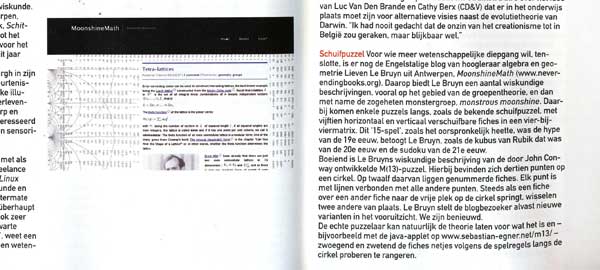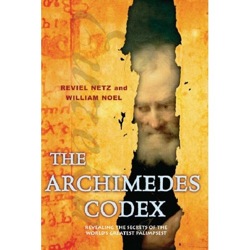If you ever sat through a lecture by Alain Connes you will know about his insistence on the ‘canonical dynamic nature of noncommutative manifolds’. If you haven’t, he did write a blog post Heart bit 1 about it.
I’ll try to explain here that there is a definite “supplément d’âme” obtained in the transition from classical (commutative) spaces to the noncommutative ones. The main new feature is that “noncommutative spaces generate their own time” and moreover can undergo thermodynamical operations such as cooling, distillation etc…
Here a section from his paper A view of mathematics :
Indeed even at the coarsest level of understanding of a space provided by measure
theory, which in essence only cares about the “quantity of points” in a space, one
finds unexpected completely new features in the noncommutative case. While it
had been long known by operator algebraists that the theory of von-Neumann
algebras represents a far reaching extension of measure theory, the main surprise
which occurred at the beginning of the seventies is that such an algebra M
inherits from its noncommutativity a god-given time evolution:$\delta~:~\mathbb{R} \rightarrow Out(M) $
where $Out M = Aut M/Int M $ is the quotient of the group of automorphisms of M
by the normal subgroup of inner automorphisms. This led in my thesis to the
reduction from type III to type II and their automorphisms and eventually to the
classification of injective factors.
Even a commutative manifold has a kind of dynamics associated to it. Take a suitable vectorfield, consider the flow determined by it and there’s your ‘dynamics’, or a one-parameter group of automorphisms on the functions. Further, other classes of noncommutative algebras have similar features. For example, Cuntz and Quillen showed that also formally smooth algebras (the noncommutative manifolds in the algebraic world) have natural Yang-Mills flows associated to them, giving a one-parameter subgroup of automorphisms.
Let us try to keep far from mysticism and let us agree that by ‘time’ (let alone ‘god given time’) we mean a one-parameter subgroup of algebra automorphisms of the noncommutative algebra. In nice cases, such as some von-Neumann algebras this canonical subgroup is canonical in the sense that it is unique upto inner automorphisms.
In the special case of the Bost-Connes algebra these automorphisms $\sigma_t $ are given by $\sigma_t(X_n) = n^{it} X_n $ and $\sigma_t(Y_{\lambda}) = Y_{\lambda} $.
This one-parameter subgroup is crucial in the definition of the so called KMS-states (for Kubo-Martin and Schwinger) which is our next goal.
Leave a Comment
 Vacation is always a good time to catch up on some reading. Besides, there’s very little else you can do at night in a ski-resort… This year, I’ve taken along
Vacation is always a good time to catch up on some reading. Besides, there’s very little else you can do at night in a ski-resort… This year, I’ve taken along